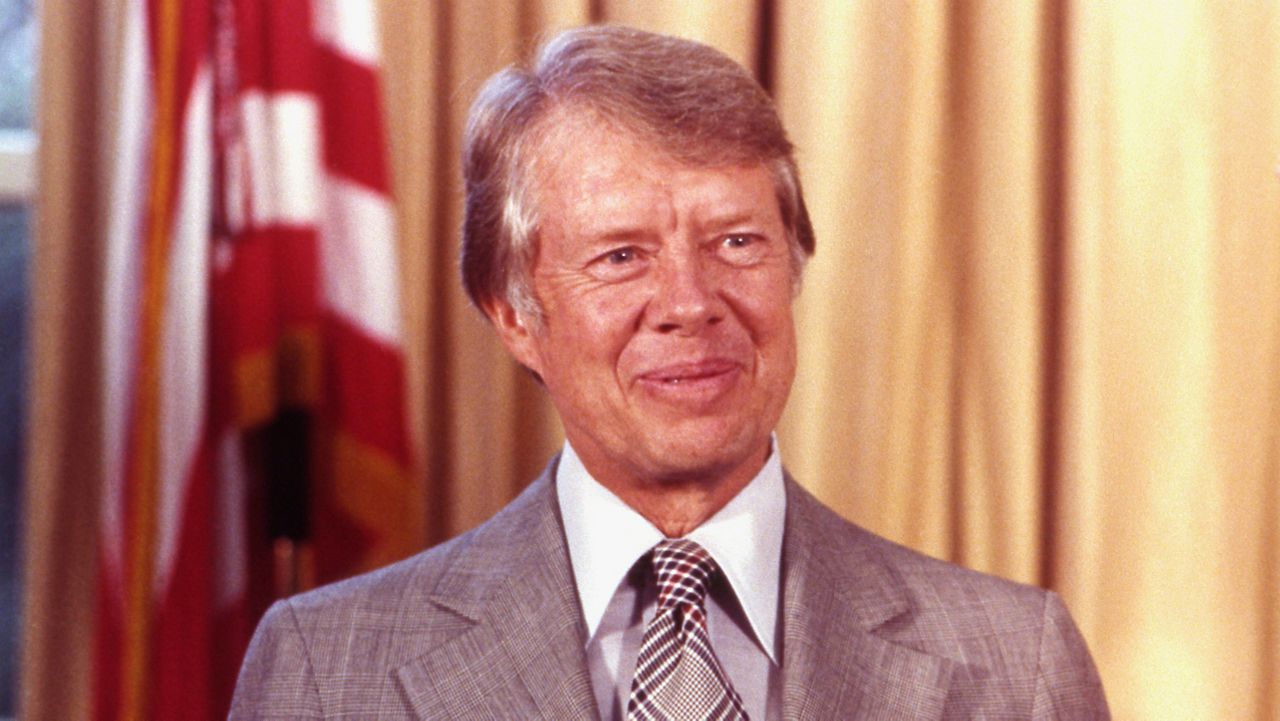MADISON, Wis. — One in seven people are experiencing hunger in Wisconsin. Among children that number is one in four according to Feeding Wisconsin.
Feeding Wisconsin is a state-wide network of food banks. The organization says the number of people who need help getting food has increased about 58 percent during the pandemic to about 300 thousand Wisconsinites experiencing food insecurity.
This increase has kept Feeding Wisconsin and its partners like Second Harvest Food Bank in Madison busy this year.
“Things are still pretty hectic and we're anticipating that they're going to be pretty hectic for a number of weeks, a number of months to come to be perfectly honest,” said Kris Tazelaar, communications manager for Second Harvest Food Bank.
Tazelaar said Second Harvest has distributed 55 percent more food than usual to the 16 counties they serve since the pandemic started. He says they expect the need to keep growing.
“We need to really step up our game to make sure that we're sending out enough food in order to really meet that need,” Tazelaar said.
The pandemic has caused unemployment to surge, along with it hunger, nationwide.
Feeding America released a study showing that as demand for donated food increases, food banks could come about eight billion meals short of the need.
A Feeding America analysis of food insecurity rates — defined as a percent of people with a lack of consistent access to enough food — have risen in Wisconsin to 13.9 percent in 2020. That is up from 8.9 percent in 2018.
The analysis shows that Menomonie County has the highest food insecurity rate at 24.2 percent. In Milwaukee County, Wisconsin's largest county, that rate is 17.5 percent.

The need for food isn't likely to come down anytime soon.
“This demand that we're seeing is only increasing right now and is a demand that we are expecting for quite some time,” said Stephanie Jung-Dorfman, Executive Director of Feeding Wisconsin.
Jung-Dorfman said food banks have seen demands similar to this before — like in the 2008 recession — but not for more than a decade. In fact, Jung-Dorfman said food insecurity rates in Wisconsin had been improving for more than 10 years.
A large difference now, Jung-Dorfman said, is that about 40 percent of the people coming to food banks have never been to one before.
“So we're seeing a lot of folks that this is a new experience for them, it's the first time they've needed to rely on community members and our network to put food on their table,” Jung-Dorfman said.
The inexperience in accessing hunger resources creates challenges on getting the message to those people on where to get help acquiring food.
Wisconsin food banks have rolled out more mobile pantries to help people in areas with less access to food.
Food donations are down after fears early on in the pandemic of Coronavirus spreading on surfaces, leading to fewer donations from food drives. Grocery store donations are also typically a large source of food for food banks, though with rushes on shopping grocery stores have had less to donate.
Feeding America is hoping that more recent research showing coronavirus spreading on surfaces is not as large of a threat will increase food drive donations.
“We're hoping that more food drives will come and we can safely distribute food that has been collected through food drives,” Jung-Dorfman said.
Food banks are purchasing food more than ever as a result. Government programs aimed at purchasing local food to donate have helped with that. Food banks have been able to develop relationships with processors too as a result — another possible strategy in fighting hunger.
“We know that it's going to take a lot of effort to make sure that folks are on their feet and in a better place, and to not have to need our resources,” Jung-Dorfman said. “But that might take another year or so to accomplish.”
Food Banks like Second Harvest said they are appreciative of the donations and volunteers from the public and appreciative of government and industry partners helping them acquire and distribute food.
“Every dollar makes a huge difference and every dollar means that we can help more people who are struggling with hunger,” Taazelar said.










